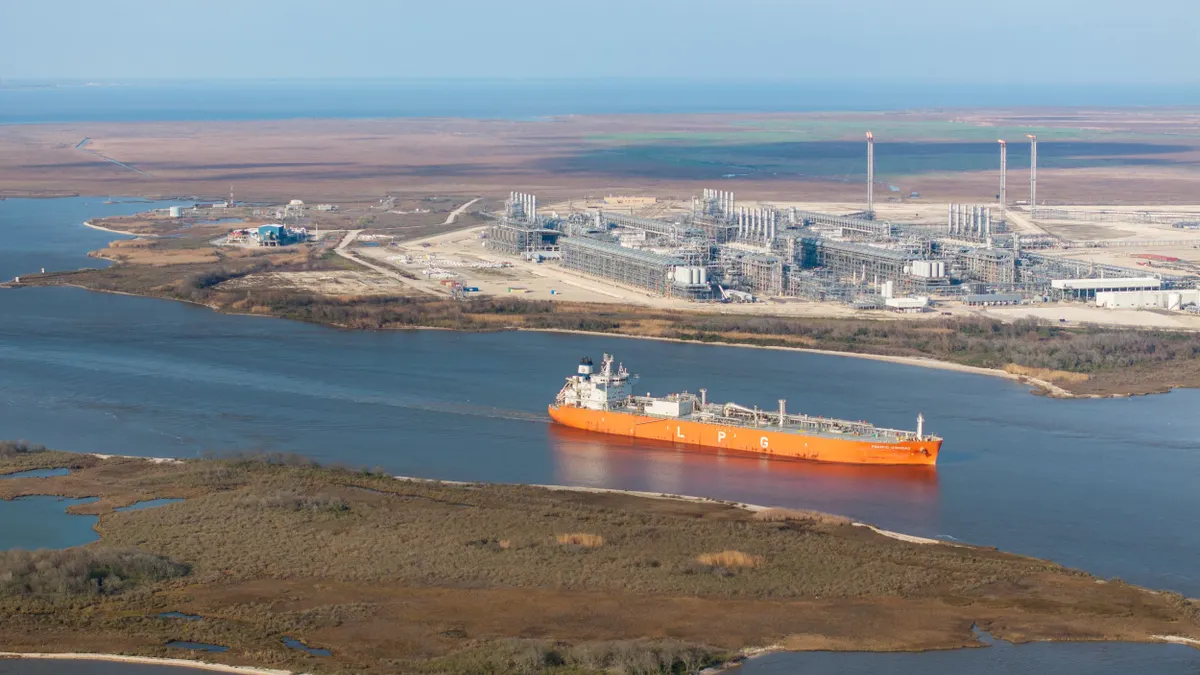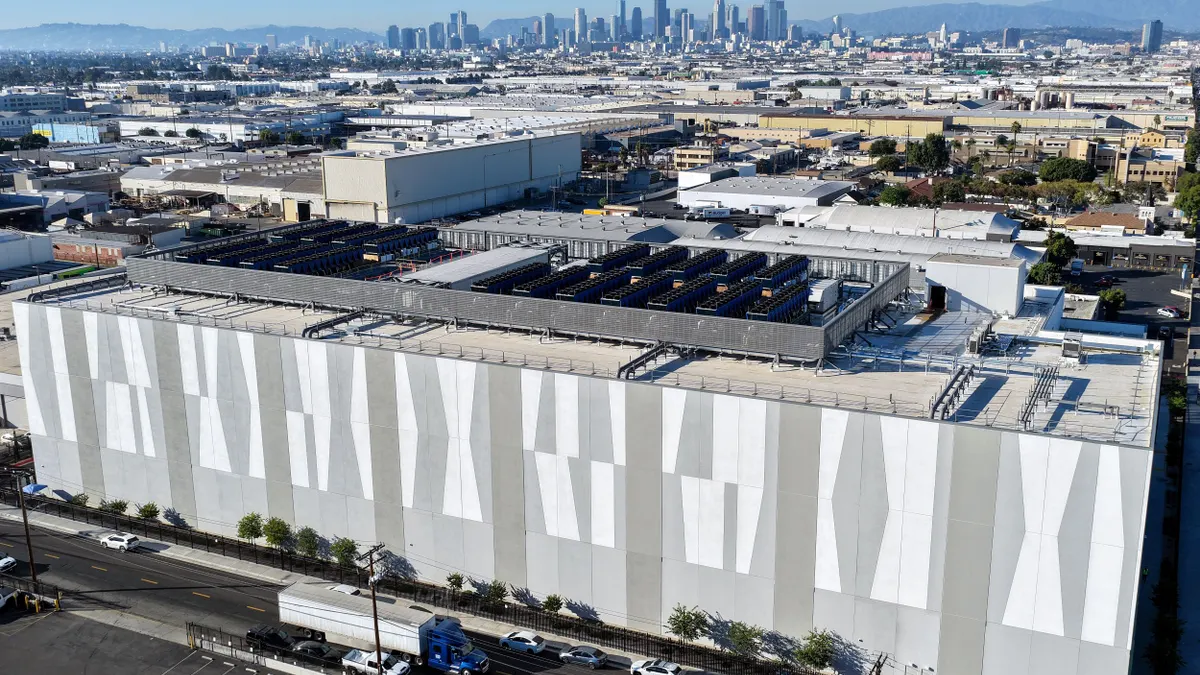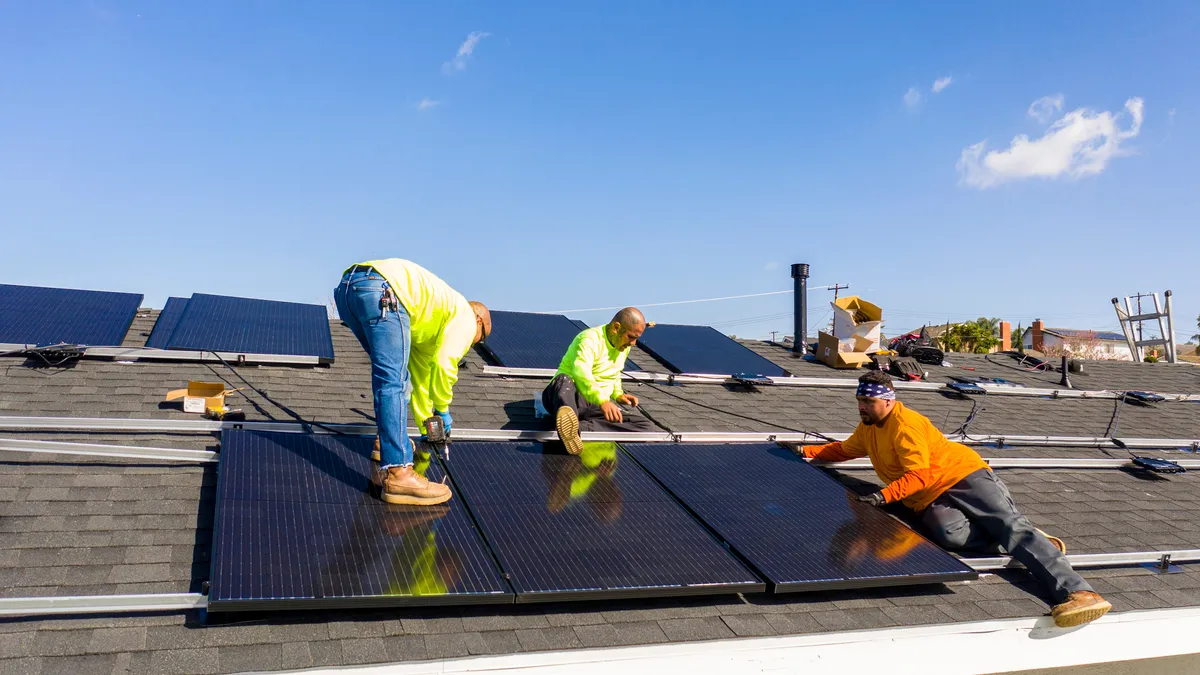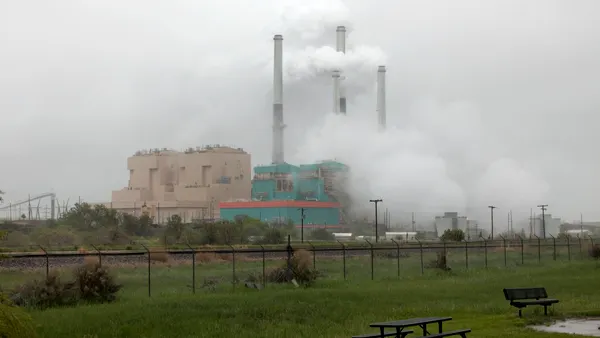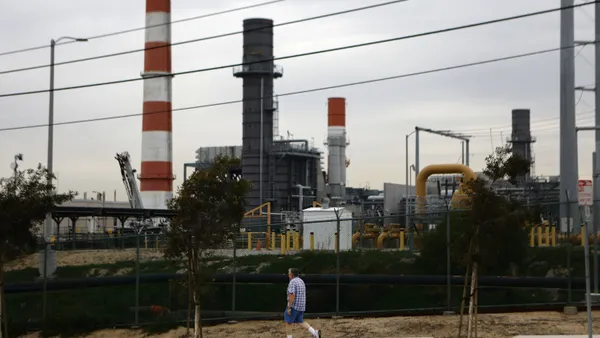Dive Brief:
- Residential retail electricity prices were up 7.4% in September over the same month last year, reaching 18.07 cents/kWh, according to the Energy Information Administration’s latest electricity monthly update.
- Total net generation was up 2.4% across the country, with Texas and the Southeast driving much of the increase. September was warmer than average for most of the country, increasing electricity demand for cooling, but some industry sources say the numbers could also be showing load growth from electrification, manufacturing and data centers.
- They cautioned that the update represents a snapshot, while trends in price, generation and demand show up over time. Still, the rise in electricity costs appears consistent and likely to continue. “Unaffordability is ... a real problem that not only affects residential customers but also businesses’ ability to invest in manufacturing, industrialization and all that stuff,” said Arvin Ganesan, CEO of energy storage company Fourth Power.
Dive Insight:
Prices across all sectors rose, with transportation — likely reflecting large fleet charging facilities — leading with a 16.6% increase over September 2024.
Residential saw the second largest increase, followed by industrial at 6.7% and commercial at 6.3%.
Electricity prices are often closely tied to natural gas prices, which were up 31% over last year to $2.96/MMBtu at the Henry Hub. This is down from August, when gas prices were $3/MMBtu — 47.4% higher than a year ago.
Andrew Barth, an energy markets principal at Environ Energy, said gas prices were unusually elevated given that storage is nearing the five-year high mark.
“Near-term gas is overpriced,” he said.
Though he said he couldn’t be sure, Barth speculated that the price increase reflects a more volatile portfolio with renewables counting for a larger share of the energy mix. Whatever the reason, he said electricity prices are likely to continue climbing.
“I have yet to meet anyone to give me a reason why they won’t,” he said.
For Paul DeCotis, a senior partner at West Monroe consultancy who leads its East Coast utilities practice, the increase in prices reflects capacity constraints that should trigger more generation construction.
“The markets are working the way they’re intended to,” he said. “When there’s constraints, prices go up until they find more supplies.”
But Paul Cicio, who wears two hats as the chair of the Electricity Transmission Competition Coalition and president of the Industrial Energy Consumers of America, thinks the markets are not working.
He said the high prices hitting consumers now are a result of increases in transmission and distribution costs racked up by utilities looking to increase profits on capital spending. In his view, regional transmission organizations, state and federal regulators have failed to exert sufficient oversight of such spending.
“They are monopolies,” Cicio said. “They have no reason to reduce costs so they are going to spend as much as they can, and they have.”
He also said that the increase in LNG exports is driving up costs for domestic consumers of natural gas. The Trump administration has vowed to make energy more affordable for Americans while also pushing for more gas exports as part of the president’s “energy dominance” agenda.
“They [Trump administration officials] believe, firmly, that through their efforts that they will be able to expand production sufficient to prevent” rising prices domestically, Cicio said. “For the next two or three years, we don’t see that happening. We see conflict.”



